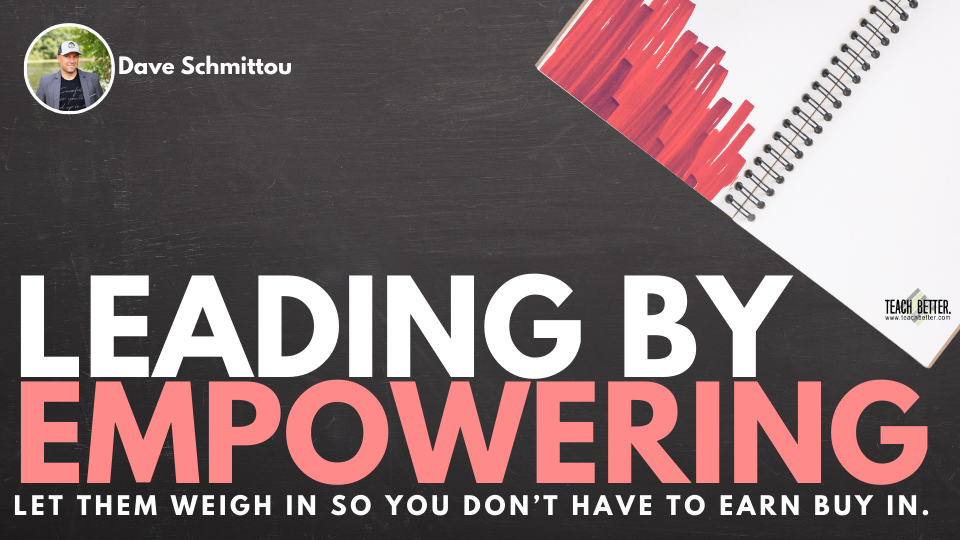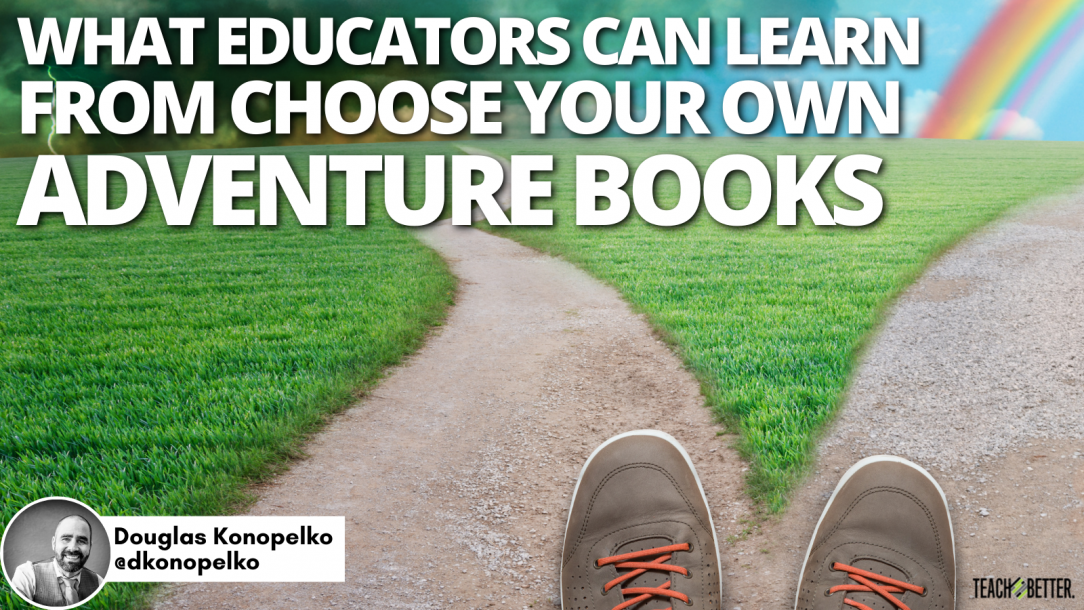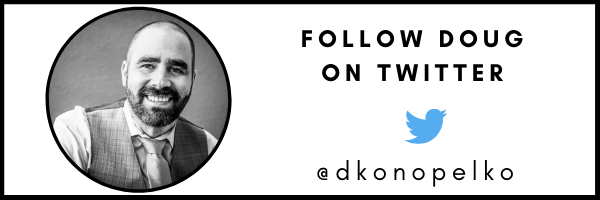Originally published at ASCD.com: https://www.ascd.org/blogs/what-educators-can-learn-from-choose-your-own-adventure-books
This post was co-authored by Greg Bagby.
TL;DR:
- Choose Your Own Adventure books provide lessons we can apply to the educational world.
- Learning and trying new things can be complicated and messy, but it is worth the journey.
- Everything doesn’t always go the way you intend, but you learn from all of your experiences.
- Having a choice and voice for both students and teachers leads to ownership and better engagement.
Choose Your Own Adventure Books: Begin Your Journey
You’ve decided to pick up the Enchanted Walking Stick of Avery and continue down the path through the Elliot Woods. As nightfall approaches, you begin to hear the din of your nocturnal insect friends awakening. To the right, the path continues unobstructed and veers slightly farther away from your final destination. If you go left, you’ll be moving toward the legendary Castle-on-the-James, your beacon of hope. But the path is treacherous and overgrown, disappearing into the mist around the bend.
To go right down the unobstructed path, turn to page 17. To head left through the mist, turn to page 28.
In the 80s and 90s, Choose Your Own Adventure (CYOA) books were a staple on the bookshelves in most schools and libraries. They were such a hot item that they probably spent very little time on the shelves; they spent more time in our hands than anywhere else.
As we look toward the future of education, let’s take a few lessons learned from these fascinating books that helped shape our childhood.
5 Education Lessons That Choose Your Own Adventure Books Taught Us in the 80s and 90s
Lesson 1: With titles like The Cave of Time, Journey Under the Sea, Danger and the Desert, Space and Beyond, and The Curse of the Haunted Mansion, there was something for everyone in the Choose Your Own Adventure series.
As we build learning experiences for our students or our teachers and leaders, include relevant references that will appeal to many different audiences. Our learners come from different backgrounds with different sets of lived experiences. As we make a concentrated push toward equity in our schools, representation of different races, religions, and genders is vital, but so is the representation of different genres, settings, and characters. If dragons aren’t your thing, dive under the sea. If you use a football analogy for this lesson, choose Harry Potter for the next one, then shift to Carter G. Woodson.
In teaching and learning, the most value is in the process and the journey you take - the missteps and the successes. Click To TweetLesson 2: There’s always a dragon/monster/villain in the forest/cave/castle. Deal with it.
Learning new skills isn’t easy. Sometimes we know that there’s going to be a roadblock (or a dragon) around the bend in our classroom or professional learning because the district has adopted a new tool or new process. Overcoming fear can be tough to tackle in education. Sometimes we’ve delivered a specific type of experience before so we know where there’s going to be pushback or misconceptions to address. We learned from the CYOA stories that the easy path isn’t always the right path to get to our desired ending. Sometimes we’ve got to choose the misty, obstructed path through the woods. We’ve got to push through the dip and get to the good stuff!
Lesson 3: Sometimes you THINK you’re close to the end, but then you get caught in quicksand and have to turn back to page 7 and start again.
Learning is messy. Sometimes we get deep into a topic or skill. Then we realize we’ve followed the wrong path or viewed something through the wrong lens and need to go back with fresh eyes. In the web series Focus on K-12: EdTech and the Education Experience, Dr. Chris Emdin shares, “Don’t build your teacher identity on your worst moments.” Don’t let a setback define yourself or your day. There are times where there is value in a perfectly polished finished product. In teaching and learning, the most value is in the process and the journey you take—the missteps and the successes.
[scroll down to keep reading]
Lesson 4: The best part about getting to choose your own adventure is the ownership, the engagement, and the control over your journey. CYOA books were more than a story, they were an experience.
We’ve all heard those lovely buzzwords of student or learner agency. This voice, choice, and ownership of the learning doesn’t only apply to our students. When our adult learners have a voice and choice in their professional development, their relevance and engagement skyrockets. This builds ownership in the content and skills being developed. This agency can take the form of seemingly small choices. For example, giving learners the option to demonstrate their learning from a variety of tools could be one strategy. It can also manifest as a choice over the topics or courses they take to advance their learning. Finally, the ultimate agency is choosing whether or not to engage in the learning at all. If we focus on building education experiences, ownership and agency will follow.
Lesson 5: There isn’t just one ending to a Choose Your Own Adventure story. From the original series, some had more than 40 possible endings, some had as few as 7. Sometimes you find the treasure, sometimes you get eaten, often both.
Chris Lehmann, CEO of the Science Leadership Academy Schools, once shared that, “If you assign a project and get back 30 of the exact same thing, that’s not a project, that’s a recipe.” We’d take that one step further to say if you lead learning and have identical outcomes, that’s not learning. The goal of education is to prepare our students for their future. This includes academic concepts and content, but also human skills like collaboration, creativity, and critical thinking. While this may not naturally manifest in our system built on conformity and “one right answer,” there are schools like Chris’s that are bucking the trend.
To extend the metaphor one step too far, let’s take a page from the CYOA books and write a new chapter in our education story. One that designs education experiences that build on our lessons learned from this incredible 80s fad!
About Doug Konopelko
Doug is a passionate educator, designer, writer, speaker, and leader. He focuses on acting as a connecting point between people, ideas, and solutions. On his education journey, Doug has served in both urban and suburban school districts as a teacher, adjunct faculty member, edtech consultant, high school assistant principal, school district administrator, and state education organization leader.



